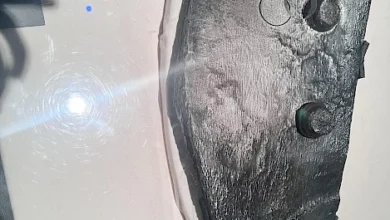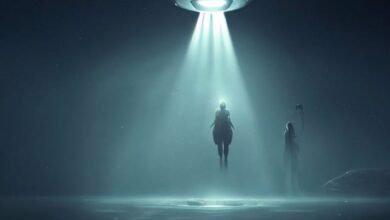Ancestors of modern man thought about the afterlife

 The mysterious ancient ancestors of modern man have again puzzled anthropologists with their abilities.
The mysterious ancient ancestors of modern man have again puzzled anthropologists with their abilities.
Last month, the anthropological community was shocked by an unexpected discovery related to Homo naledi, an early human ancestor with a chimpanzee-like brain. However, new data indicate that this ancient creature had amazing abilities and creative skills.
The anthropologist found that Homo naledi used unusual burial methods, wood carvings and artistic activities. As scientist Lee Berger notes, these discoveries change the idea of how human evolution took place, and perhaps ancient creatures thought about the afterlife.
“Now we face the prospect that a being that existed before humans was speculating about the afterlife,” said anthropologist Lee Berger. “It completely changes how we should think about human evolution.”
This discovery caused controversy in the anthropological community.
Many scientists are delighted with the opportunities and skills that the ancient ancestors of modern man possessed. However, there are those who are skeptical about these conclusions. Critics argue that the findings require additional scientific evidence.
“Inadequate and incomplete data cannot form the basis for serious scientific conclusions,” says paleoanthropologist Andy Harris.
“We should not rush into massive media campaigns based on dubious results and assumptions.”
Disputes and discussions in the anthropological world continue, and, undoubtedly, this issue will be subject to additional research.
Perhaps in the near future, new convincing evidence will appear that will help to more accurately understand and recreate the life of ancient human ancestors and their amazing abilities.
Homo naledi is an extinct species of archaic human discovered in 2013 in the Rising Star Cave, Cradle of Humankind, South Africa dating to the Middle Pleistocene 335,000–236,000 years ago.
The initial discovery comprises 1,550 specimens of bone, representing 737 different skeletal elements, and at least 15 different individuals.
Greetings, explorer! We thank our supporters from the bottom of our hearts for their generous donations that keep anomalien.com alive. If you’d like to join the cause and help us continue to deliver amazing articles, please consider making a donation. Let’s keep the 👽 smiling!Follow us on Instagram, Twitter and Telegram for interesting and mysterious bonus content!




